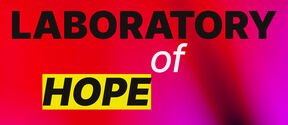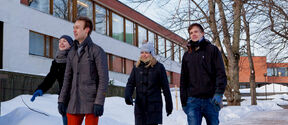Designs for a Cooler Planet
Aalto University’s biggest annual exhibition showcases interdisciplinary experiments from our researchers and students. Designs for a Cooler Planet will be held next in the autumn of 2026.
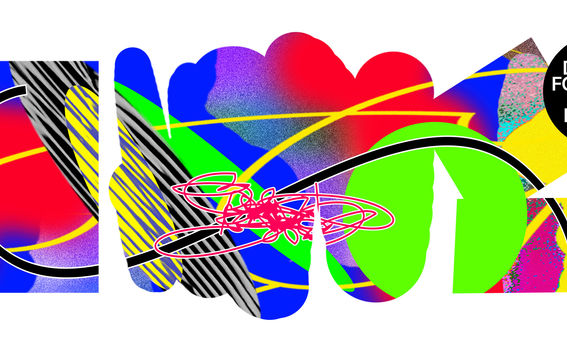
Like an iceberg, we only see a fraction of reality at first glance, and we often operate with limited knowledge. But what if we could see below the surface? Would we make different choices? The festival's projects aim to shed light on the hidden and noteworthy. Fascinating prototypes, experiments, and perspectives can transform the way we see and think.
Join us this September and discover a world of new ideas, insights, and inspiration that will challenge your assumptions and expand your horizons.
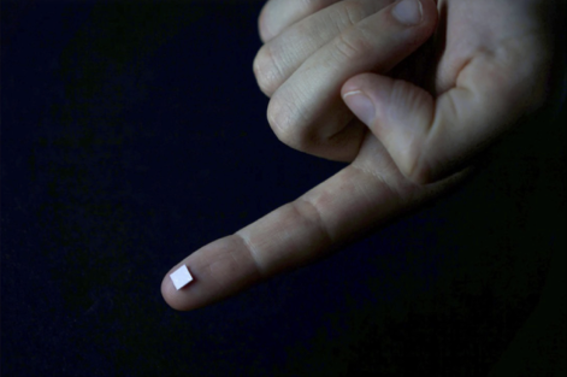
The Agate hyperspectral sensor, which is smaller than a fingertip, has the power to reveal what is invisible to the naked eye or a regular camera.
The hyperspectral imaging technology analyzes a wide spectrum of light with an interpretation algorithm. Traditional imaging assigns a main colour (red, green or blue) to each pixel, but hyperspectral imaging uses thousands of colours to capture the full range of information within a single pixel.
This level of detail has the potential to impact several fields. For example, in food production, more precise information about nutrient distribution on the field or ripeness of fruit could decrease excessive fertilisation and food waste. In just a few years, Agate may become standard equipment for smartphones, drones, or self-driving cars.
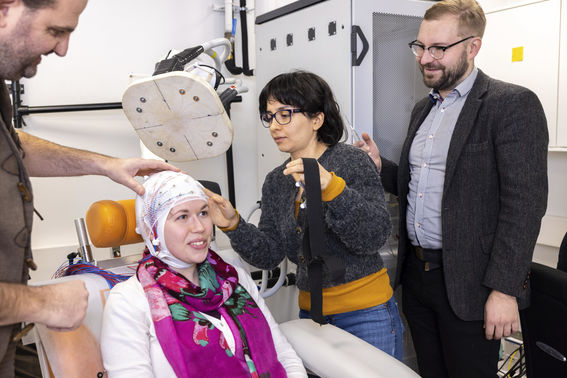
Finland is among the world leaders in brain research and health technology. Transcranial magnetic stimulation (TMS) is a drug-free treatment, which is already being used in Finland to treat depression and pain. Now, researchers at Aalto University are working to create an even more effective device that can stimulate multiple points in the brain simultaneously guided by artificial intelligence.
This approach could be used for the treatment of a wide range of diseases, while also making the treatment process more accessible and streamlined. The technology is already entering the commercialisation phase, and visitors to the exhibition can learn about the new TMS prototype.
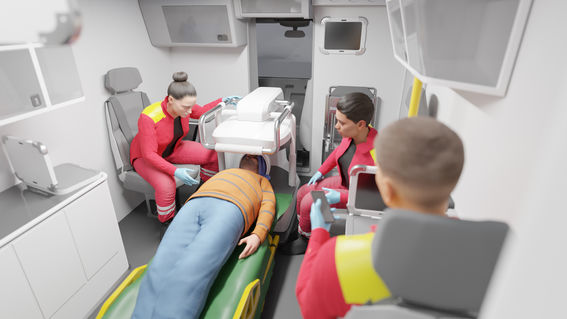
Distinguishing between the external symptoms of a stroke and cerebral hemorrhage can be challenging, yet it is essential for effective treatment. The magnetic resonance imaging (MRI) equipment used to detect these conditions is typically large and expensive, limiting its availability to hospitals in major cities. This makes it difficult for patients in more remote or crisis areas to receive timely diagnosis and treatment.
The AMRI research group is developing novel, low-field magnetic resonance imaging and information processing technologies. They are also conducting design research that includes clinicians, caregivers, and experts by experience as stakeholders throughout the process. The low-field MRI device could be mounted in a vehicle that has a size of an ambulance. With this mobile and cost-effective solution, MRI technology could some day become accessible to people living in even the most sparsely populated areas.
The exhibition includes a real scale mock-up of an MRI-ambulance used for simulations, information about very low field MRI, and a look into the interdisciplinary design and research.
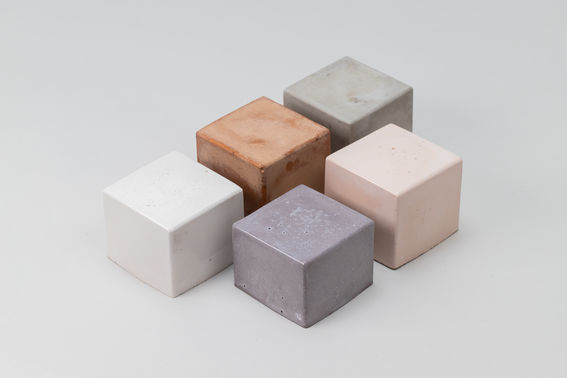
During the construction process, soil - typically clay - is often moved from one location to another and even sent to landfills, resulting in wasted materials and increased environmental impact.
However, what if this undervalued material could be repurposed and used in innovative ways as a building material? This is precisely the focus of the Radical Ceramics project, which explores the chemical curing of clay using locally-sourced soil and raw materials from ceramics laboratories.
By using unfired clay, the project reduces the ecological footprint of ceramic production. Geopolymers might even also offer a promising alternative to concrete. The exhibition presents geopolymer research and material samples made in the ceramics studio.
Huoju-A represents a new approach to construction: it is constructed from surplus materials and designed for easy assembly, disassembly, and mobility, this multipurpose structure prioritizes ecological sustainability. Its individual components can be easily replaced.
Huoju-A also offers a unique sensory experience. Its hanging wooden elements produce organic sound, creating a serene environment for socializing and relaxation.
Visitors can encounter and interact with this beautiful structure at the Sideways festival in June, after which it will be relocated to Otaniemi.
Every year, Aalto community designs dozens of interesting prototypes of objects that could improve our lives in the future. Each year, we curate thought-provoking examples on display and welcome everyone to explore the artefacts of a more sustainable future. Designs for a Cooler Planet showcases the fruitful collaboration between research and design. The festival, now in its fifth year, will take place at Otaniemi from September 6th to October 6th, 2023.
The Otaniemi campus will feature twenty research-based projects, ecological, inclusive, and fair garments from Näytös23 as well as interesting material experiments from the Bioinnovation Centre. There will also be several open lectures and events.
The complete program will be unveiled in early August. Designs for a Cooler Planet is an official event of Helsinki Design Week, and part of the EU Commission's New European Bauhaus initiative.

Aalto University’s biggest annual exhibition showcases interdisciplinary experiments from our researchers and students. Designs for a Cooler Planet will be held next in the autumn of 2026.
